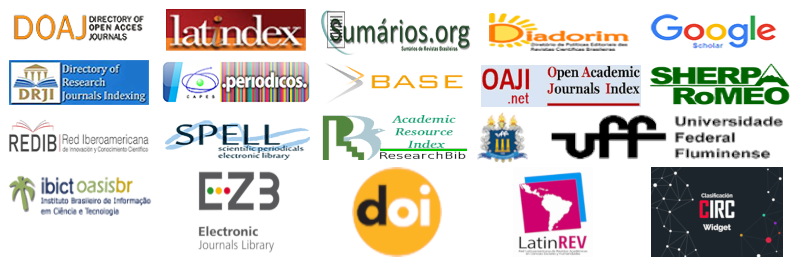Limits and possibilities of the 2016 CT&I Legal Framework for Scientific and Technological Institutions in Brazil
DOI:
https://doi.org/10.20401/rasi.6.2.356Keywords:
Inovação, Lei de Inovação, Política de inovação, Ciência e tecnologiaAbstract
Este trabalho objetivou analisar os limites e possibilidades da nova lei de inovação – Lei 13.243 de 2016 – para as instituições científicas e tecnológicas no Brasil. O tema é relevante pois, dado seu caráter recente, há poucos estudos que demonstram os impactos do novo marco legal de inovação no contexto brasileiro. Na base teórica são abordados o histórico e o contexto atual da ciência, tecnologia e inovação no Brasil, também são mostrados os modelos de inovação e suas diferenças. Para realizar o objetivo principal, o método utilizado foi a pesquisa qualitativa com aplicação da técnica de entrevista com especialistas atuantes no âmbito da inovação. Após a análise das entrevistas verificou-se que a nova lei de inovação é um avanço em relação à lei anterior visto o potencial que ela proporciona para as ICT’s no que tange à aproximação entre o público e o privado, à autonomia referente à política de inovação institucional e aos novos instrumentos jurídicos, dentre outros. Contudo, o principal limite existente na visão dos entrevistados é a falta de uma cultura de inovação (presente nas universidades, governo e empresas) que pode vir a ser um impedimento para a efetividade da nova lei de inovação no país.
Downloads
Downloads
Published
Issue
Section
License
Copyright (c) 2020 Review of Administration, Society and Innovation

This work is licensed under a Creative Commons Attribution 4.0 International License.
RASI, in accordance with Law No. 9,610 of February 19, 1998, which amends, updates and consolidates Brazilian copyright law and makes other provisions, adopts the following conditions of the Copyright Assignment:
1. RASI maintains, with the transfer of copyrights, the possession of rights over the content published;
2. The author retains his moral rights of the content, including the right to be identified as the author whenever the content is published;
3. Despite the attribution of copyright, the author retains the right to reuse the material in future collections of his own work without encumbrance. The acknowledgments of the previous publication in the RASI are the only requirements in such cases;
4. The author may make photocopies of the content, or distribute it by electronic mail or fax, provided that they are intended for their own classes and for the purpose of meeting research objectives, provided that: (a) such copies are not resold and (b) reference to the original source of the publication and the name of the RASI are clearly indicated on all copies made of the document.











